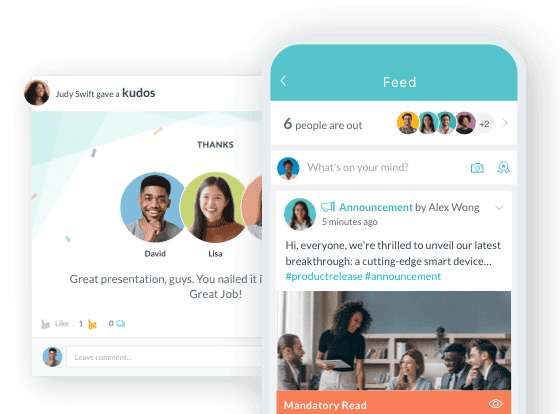How to Build an Employee Productivity Management System That Works
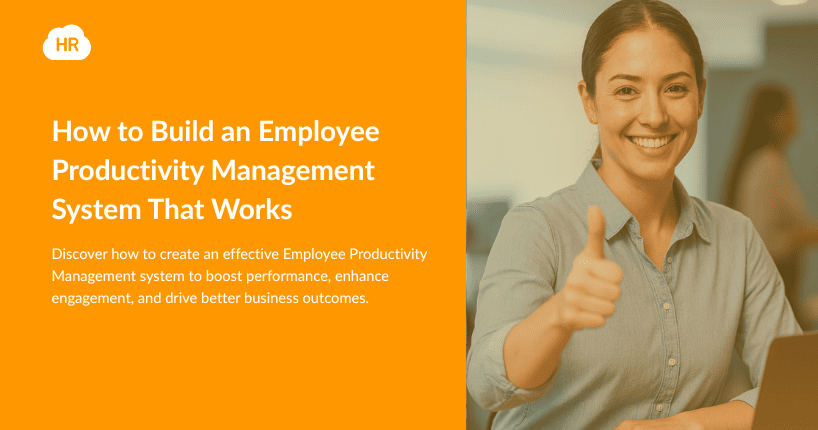
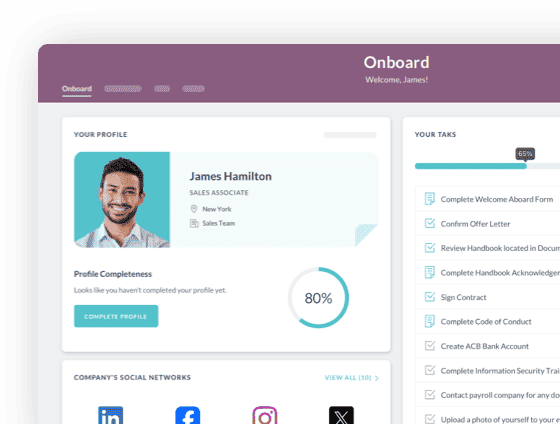
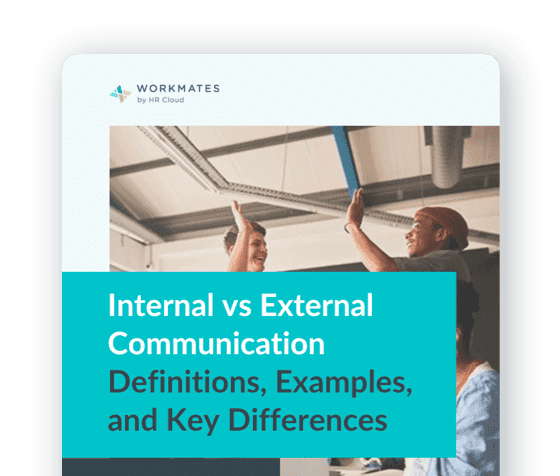
 Cut onboarding time
by 60%—here's the
Ultimate Checklist
that helped do it.
Cut onboarding time
by 60%—here's the
Ultimate Checklist
that helped do it.
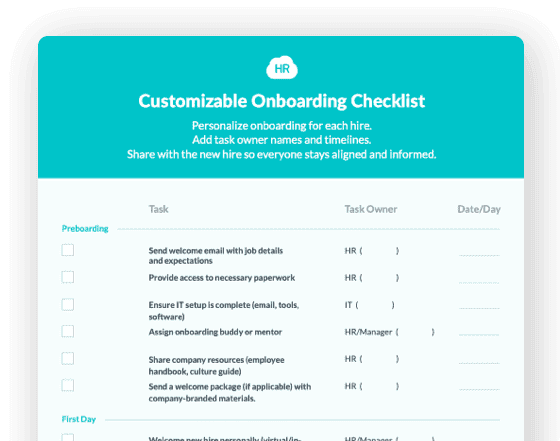
When it comes to running a business, the efficiency of each and every component is the key to continuing success. This means, quite simply, that it isn’t just about having good people on your team but having structures and systems in place that enable them to work effectively. Implementing robust performance management software and utilizing task management tools can significantly boost work productivity and streamline operations.
The pandemic has seen a huge shift in a wide range of industries across the world, and for the most part, we’ve seen employees transition to working from home. Naturally, this has triggered some anxiety for employers - how will I keep an eye on my workers? Will productivity slip with less monitoring? Is my human resources department prepared to chip in?
In reality, this has not been the case. According to research conducted by the University of Southampton, UK, 88.4% of employees think they are achieving as much, if not more, through working at home.
The reality is, these individuals have strong team task management apps in place that are enabling this strong workflow. This could be company-created systems or individual time-management and organization, and fortunately, both can be taught and easily implemented to be in line with business goals.
With working from home looking likely to continue for the foreseeable future, using a remote access solution and performance management software could be extremely important for your business to maintain and increase employee productivity. Implementing a comprehensive performance management solution can help track employee performance, facilitate performance reporting, and streamline the performance review cycle.
What Does Productivity Look Like?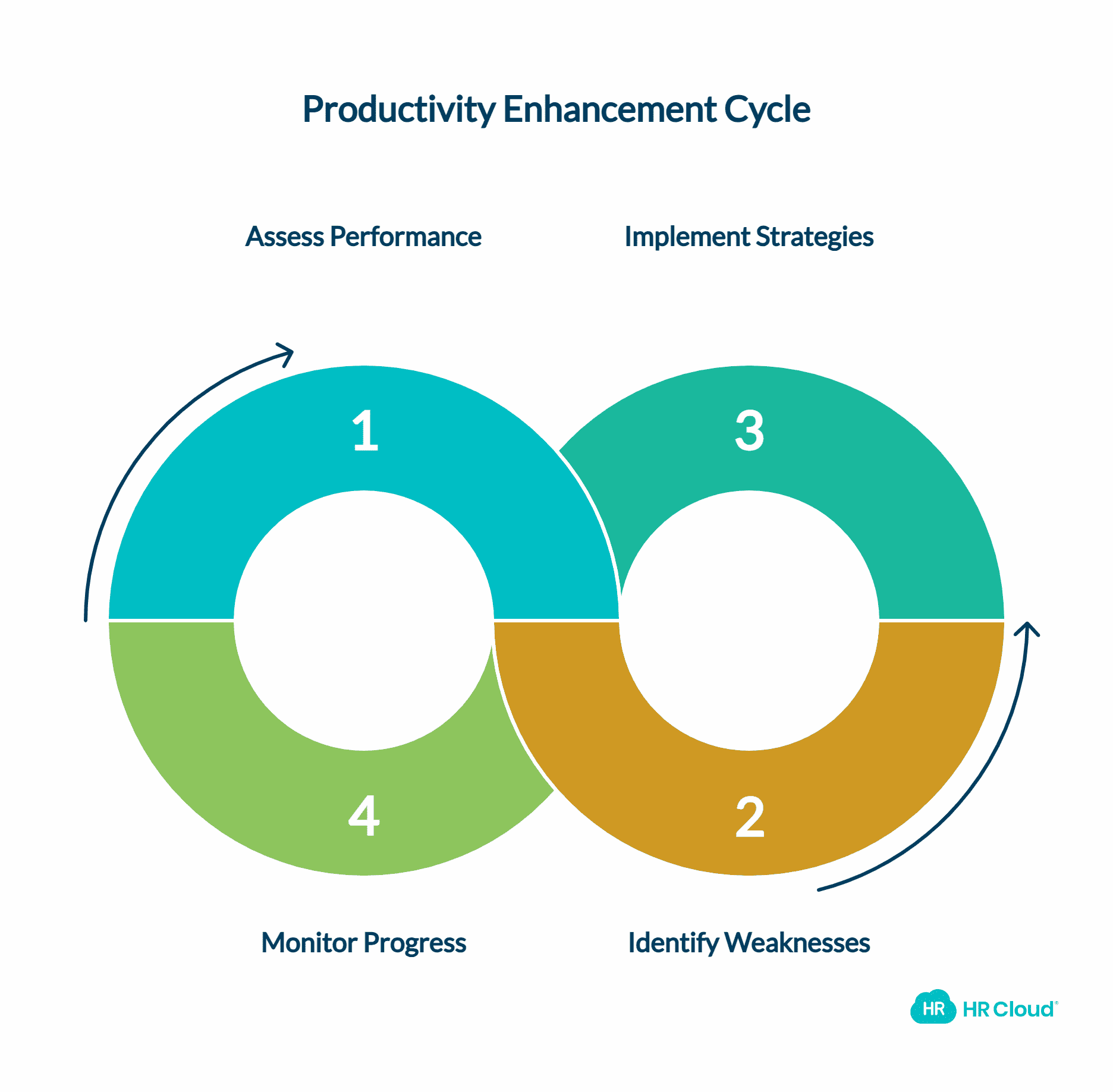
It’s a common mistake to assume that productivity can be measured in the sheer quantity of work produced. While this is important, if the work produced is not up to scratch and requires significant edits, it is not truly productive.
The three criteria your employees’ productivity should meet are as follows:
-
Time management: they finish their workload on time, and get through a reasonable amount of tasks.
-
High-quality work: the work they produce is up to scratch, and doesn’t require redoing.
-
Prioritizing: they know how to prioritize tasks and value the company time (and money) being spent on them.
The first step to building an effective performance management system is identifying which area your company, or its individuals, are falling short on. To be able to identify weaknesses and support employees to improve on shortcomings is an important skill for a manager. Potentially, leadership courses could be useful if you feel like you lack the skills necessary to address a certain area of productivity.
What Might Be Holding Your Company Back?
Once you understand the area that needs addressing, you need to start considering what might be holding your employees back. While we maintain that productivity is not entirely about the people, and is far more about the performance management systems in place, identifying the more human elements that may be reducing productivity is still important.
Physical and Mental Health
We are living in a unique period, with a global pandemic adding previously unknown, indiscriminate stress to workloads globally. Understandably, this is having an impact on people’s health. People have had to take time off work or work at sub-optimal health due to catching COVID, and many have even ended up in the hospital or suffered the consequences of long COVID.
Weight gain has also been extremely common, and in general, the lack of social interaction has had a dramatic impact on people’s mental health and well-being, with employees rating their mental state as poor.
All of this reduces productivity and, in the long run, profit. This could be a great opportunity to introduce some well-being incentives for employees and encourage them to take better care of themselves during this difficult period. Implementing employee surveys and 360-degree feedback can help gauge the overall employee experience and identify areas for improvement. Employee engagement software can be instrumental in facilitating these processes and gathering valuable insights.
Skills and Knowledge
A simple concept, but does your team have the skills and knowledge in order to work productively?
Having a really strong training process is crucial to ensure that your employees feel confident and capable in their roles. With the appropriate skills and knowledge, less time will be wasted double-checking or asking for assistance and advice.
A big part of helping employees settle into cloud-based hybrid work is to level up your HR management. The assistance of performance management software makes it easy to perform tasks such as setting goals for improved employee performance and facilitating reports from managers to employees. Implementing task management tools can further enhance workforce management and improve employee efficiency.
In the long term, this can also benefit your company financially. By investing in your employees through talent management and employee development programs, you are increasing their value to your company, which leads to improved performance and employee satisfaction. This incentivizes them to continue working for you and working well, contributing to overall team productivity and employee growth.
Effective Elements of an Employee Productivity Management System
Now, down to the nitty-gritty. You’ve identified your company’s pain points and what is causing them, so we can begin to discuss practical tips for improving productivity and cross team collaboration using performance management tools and task management apps.
Magnificent Meetings
Meetings are a standard part of most companies' working days. While they have more recently been occurring in virtual spaces, the role of the humble meeting is still essential. Meetings are an opportunity for discussion and are often used to inform team members of a common problem being faced.
But are your meetings magnificently managed?
Using meetings as effectively as possible is key to productivity, so the meeting needs a structure to avoid becoming a chaotic run-through of everyone’s concerns.
The first thing to do is always to approach meetings with an agenda. Ask employees to note anything of concern that they wish to raise in the meeting on a shared document so everyone knows what will be discussed. This prevents anything from being missed out and enables the host of the meeting to prioritize topics to give guidance in real time.
Another important thing to do is to have someone take minutes, which are then widely shared. This alleviates any confusion over the agreed actions to be taken.
Finally, tiering your meetings can be a great way to contribute to enhancing your performance management solutions.
Tiered meetings are a very simple concept in which issues are always discussed at the lowest authority possible. For example, the first meeting would be between the front-line workers. They discuss an issue, and if they cannot find a solution, this issue is passed to their supervisors, who discuss it in a supervisor meeting. If necessary, the issue is again elevated to the managers, to department managers, and so on until it reaches the CEO, if it still cannot be resolved.
This means that problems are always addressed at the lowest possible level, and prevents senior staff from wasting time on more trivial issues. As productivity is often reliant upon clarity and direction, the more structured approach to the meeting can make both manager and employee work easier as a direct result.
Employee Transparency
No one, not even your boss, is a mind reader. As most people store their workload on their devices or in their minds, it can be hard to tell exactly how much an employee is doing. This could mean not realizing that someone is coasting by and not accomplishing as much as you would expect, or it could mean missing that an employee is feeling extremely overworked and needs some extra support. These things shouldn’t need to wait until their next performance evaluation.
Using performance tracking software to improve workload transparency can be a very effective way of monitoring your employees’ workloads and going beyond traditional performance management. Virtual taskboards are a great way of implementing this and can be customized according to company needs with clear labels for prioritization and deadlines, and can aid collaboration.
A task management system is not the only thing that can be beneficial to company productivity and the performance management process. It may also be a good idea to review your human workload, and whether any of this could be taken out of your employees’ hands. Process automation through robotics avoids time being spent on unnecessary additional tasks and improve performance reviews.
Figure Out Your Emergency Code Word
Sometimes, disaster will strike. It can catch you off guard, and it isn’t always preventable. Having a universally understood indicator for when an issue is code red can help employees prioritize. This could be something as simple as color-coding in project management software(PMS), or a label attached to a task indicating urgency.
It could also be based on a mutual understanding of the urgency of different forms of communication. For example, a mobile phone call suggests that something needs addressing straight away, whereas an email is likely to be something that employees can come back to later.
Regardless of the chosen method, communicating this clearly to your team can create a performance free of mix-ups or confusion. Implementing real-time feedback mechanisms within your performance management platform can further enhance communication and responsiveness.
A Culture of Trust
Trust is important in any relationship, and this is no different in the workplace. Employees place trust in their senior staff to guide them effectively and give honest feedback. In return, employers and managers must place their trust in employees by aligning responsibility with authority.
If you expect employees to fulfill certain responsibilities, give them the authority to approve their work without jumping through a series of hoops to get things approved. Ensure your employees are capable of completing the task and have faith in their outcome. This approach aligns well with agile performance management principles and fosters continuous performance management.
Improving productivity needs to be approached from all angles. Once you have employees who feel valued, confident, and appropriately supported, these systems can be put in place to ensure a business that functions with unity. Utilizing the best task management and performance analytics tools can significantly contribute to this goal. Implementing a comprehensive performance management strategy that includes employee recognition, performance metrics, and continuous feedback can drive performance improvement and boost employee engagement.
 Discover how our HR solutions streamline onboarding, boost employee engagement, and simplify HR management
Discover how our HR solutions streamline onboarding, boost employee engagement, and simplify HR management
FAQ's
1. What tools and equipment are essential for remote work?
Ans: Most users ask what hardware and software employees need at home. This includes reliable internet, quality webcams/headsets, and task management tools like Asana, Basecamp, Microsoft Teams, Slack, or MiCloud Connect.
Pro tip: Create a checklist of must-have remote tools and how they help productivity.
2. How do managers measure remote productivity without micromanaging?
Ans: A top query is about tracking performance without over-monitoring. Best practices include:
● Focus on outcomes: project milestones, deliverables, and quality
● Use KPIs and OKRs instead of screen-tracking
● Regular check-ins and transparent task boards help maintain trust and visibility.
Pro tip: Share sample KPI frameworks and tools (e.g., Trello, Jira boards) for effective employee monitoring.
3. What are the best practices for running remote meetings?
Ans: Remote meeting efficiency is a common concern. Effective approaches include:
● Use structured agendas and shared docs for issue tracking
● Assign minute-takers and distribute notes for accountability
● Tier issues: front-line → supervisors → managers to avoid over-escalation
Pro tip: Include downloadable meeting templates and escalation flowcharts.
4. How can managers support employees' mental health and prevent burnout?
Ans: Mental well-being is frequently raised in remote productivity discussions. Key strategies:
● Introduce wellness initiatives (e.g., mental-health days, EAPs)
● Help employees set boundaries—avoid “digital presenteeism” (e.g., after‑hours emails)
● Offer flexible hours (flextime/ROWE) to enhance autonomy and reduce stress
Pro tip: Suggest proactive policies and real-life perks that signal empathy and support employee motivation.
5. Should productivity be measured by hours or results?
Ans: This debate shows up frequently. Modern best practice is “output over hours”:
● Analytics show remote work boosts industry-level productivity (~1.1 pp TFP increase)
● Embrace models like Results-Only Work Environment (ROWE) where results matter, not clocked time
Pro tip: Provide case studies that showcase successful output-based evaluation using performance review software and workforce analytics.
Author Bio: Jenna Bunnell is the Senior Manager for Content Marketing at Dialpad, an AI-incorporated cloud business phone system that provides video conferencing solutions for small business owners and sales representatives. She is driven and passionate about communicating a brand’s design sensibility and visualizing how content can be presented in creative and comprehensive ways. Here is her LinkedIn.
Keep Reading
The Hidden Metrics of Frontline Success: Beyond Engagement Scores
"What gets measured gets managed, but what gets measured well gets transformed." — Peter
Embracing Diversity: Recognizing Different Cultures in the Workplace
Workplaces today reflect the incredible diversity of the world around us. People bring
From Manual to Automated: A Complete Guide to Digitizing Employee Onboarding for Large Organizations
Sarah Chen, Director of HR at a 7,000-employee healthcare organization, starts her Monday
Like What You Hear?
We'd love to chat with you more about how HR Cloud® can support your business's HR needs. Book Your Free Demo

Build a Culture of Recognition. Boost Engagement. Guaranteed.
Workmates empowers employees to stay informed, connected, and appreciated—whether they’re on the front line, in the office, or remote. Recognition drives 12x higher engagement.Trusted by industry leaders in every sector




Cut Onboarding Costs by 60%.
Take the confusion and follow-ups out of onboarding with automated workflows, digital forms, and structured portals—so new hires ramp faster 3X quicker.Trusted by industry leaders in every sector




